Importance: One reason for having a greenhouse is to create a "controlled environment" for
all of the plants. And each plant within the greenhouse should receive the same conditions. However, especially during times when the heating and cooling systems are not in operation, pockets of high or low temperature, relative humidity or carbon dioxide may develop which can be less than optimal for plant growth or flower/fruit development.
Ways of improving air circulation:
The HAF (HAF) concept utilizes the principle that air that moves in a coherent horizontal pattern in a building like a greenhouse needs only enough energy to overcome turbulence and friction loss to keep it moving. Besides the obvious advantage of more uniform temperature within the greenhouse, HAF systems can reduce the incidence of foliar diseases. The moving air removes moisture from the plant canopy resulting in a drier microclimate. When leaf temperatures are allowed to cool much below the air temperature, the dew point is reached and condensation occurs harboring disease organisms. Radiant cooling on clear nights,, especially in non-infrared poly covered houses will cool plant leaves several degrees below air temperature. HAF will reduce this difference.
During daylight hours, photosynthesis depletes the carbon dioxide that is in the boundary layer of air next to the leaf. Moving air will replace this depleted air with fresh air having a higher carbon dioxide content. If carbon dioxide is being added, a lower level is usually adequate to get the same plant responses, for instance, 800 - 1000 ppm rather than 1200 - 1500 ppm. Horizontal air flow fans can be placed in the rafters of the greenhouse to circulate air above the crop. This helps to minimize pockets of warm or cold air and high or low humidity or carbon dioxide within the greenhouse. HAF fans can be used in conjunction with hot air heating systems to circulate warm air throughout the greenhouse. HAF fans can also be used at anytime to enhance air mixing in the greenho use.
use. 
all of the plants. And each plant within the greenhouse should receive the same conditions. However, especially during times when the heating and cooling systems are not in operation, pockets of high or low temperature, relative humidity or carbon dioxide may develop which can be less than optimal for plant growth or flower/fruit development.
Ways of improving air circulation:
The HAF (HAF) concept utilizes the principle that air that moves in a coherent horizontal pattern in a building like a greenhouse needs only enough energy to overcome turbulence and friction loss to keep it moving. Besides the obvious advantage of more uniform temperature within the greenhouse, HAF systems can reduce the incidence of foliar diseases. The moving air removes moisture from the plant canopy resulting in a drier microclimate. When leaf temperatures are allowed to cool much below the air temperature, the dew point is reached and condensation occurs harboring disease organisms. Radiant cooling on clear nights,, especially in non-infrared poly covered houses will cool plant leaves several degrees below air temperature. HAF will reduce this difference.
During daylight hours, photosynthesis depletes the carbon dioxide that is in the boundary layer of air next to the leaf. Moving air will replace this depleted air with fresh air having a higher carbon dioxide content. If carbon dioxide is being added, a lower level is usually adequate to get the same plant responses, for instance, 800 - 1000 ppm rather than 1200 - 1500 ppm. Horizontal air flow fans can be placed in the rafters of the greenhouse to circulate air above the crop. This helps to minimize pockets of warm or cold air and high or low humidity or carbon dioxide within the greenhouse. HAF fans can be used in conjunction with hot air heating systems to circulate warm air throughout the greenhouse. HAF fans can also be used at anytime to enhance air mixing in the greenho
 use.
use. 























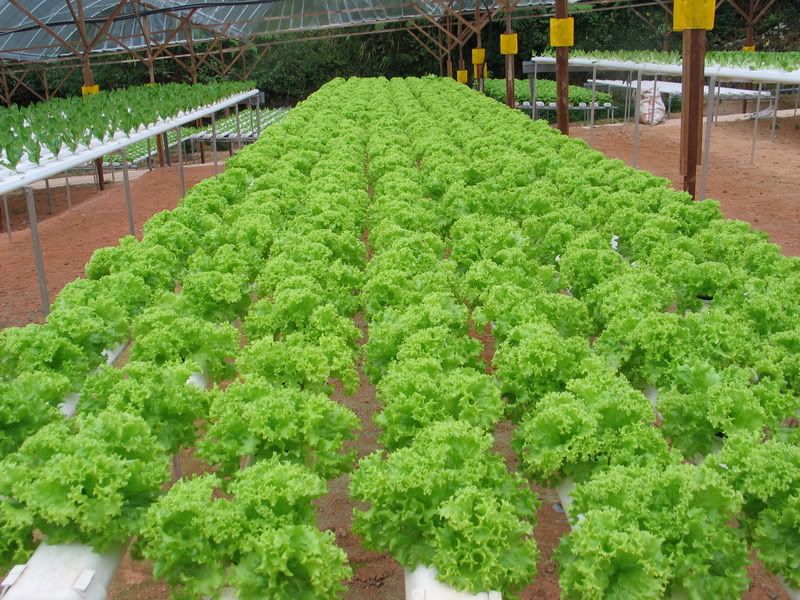
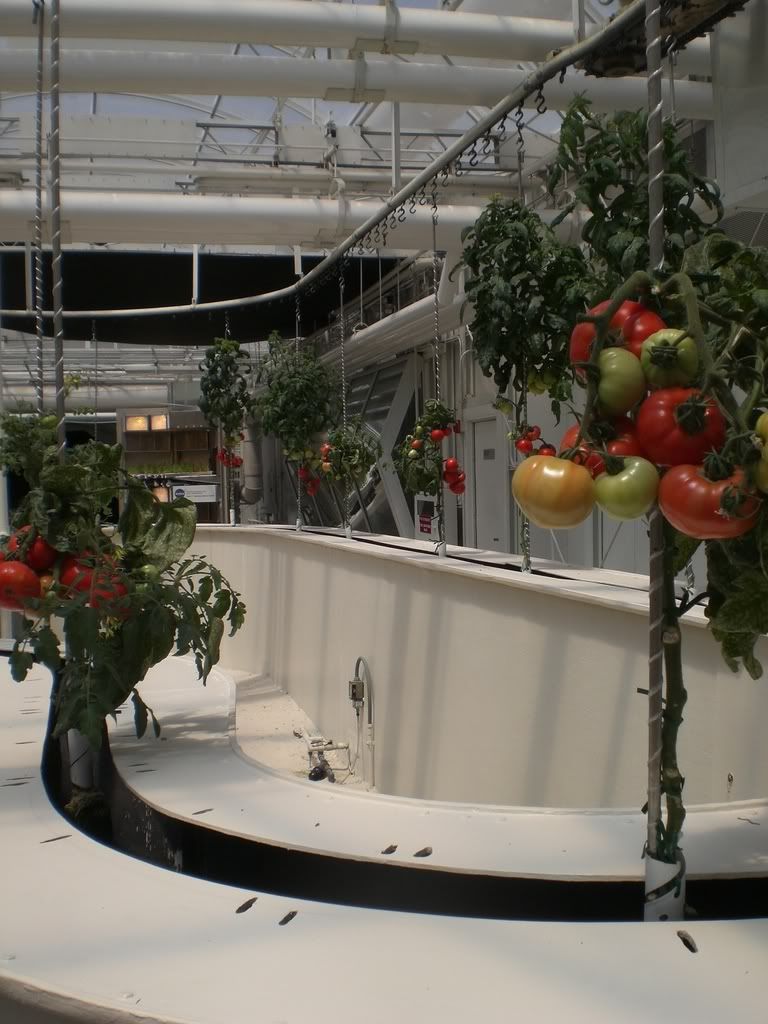
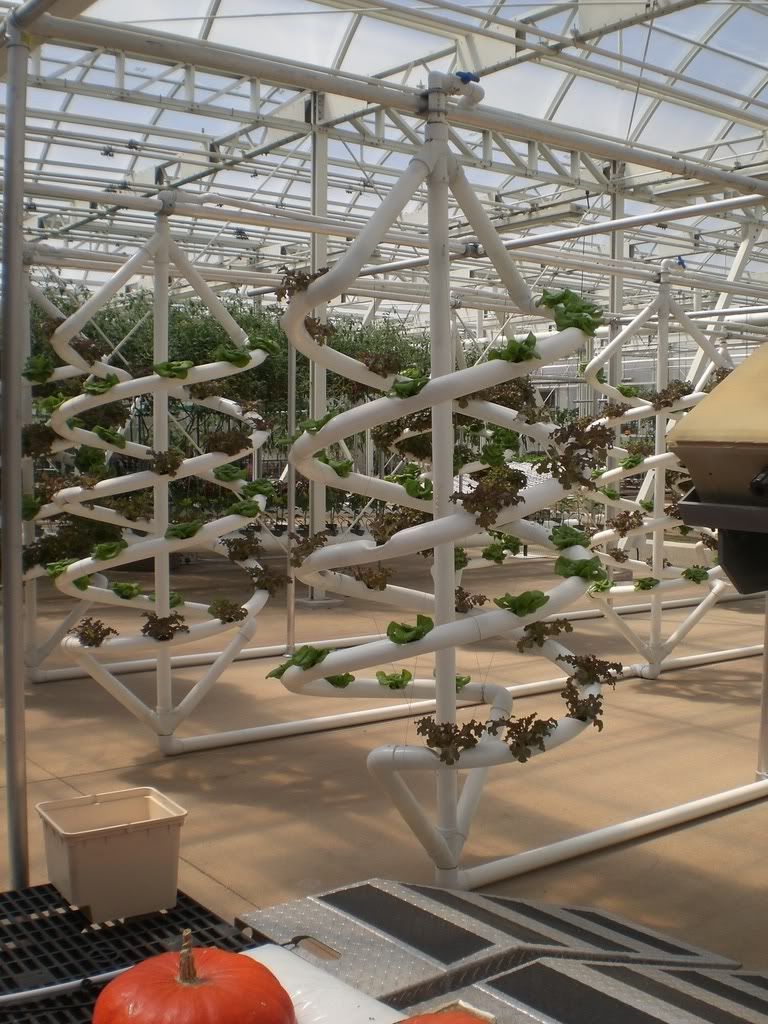
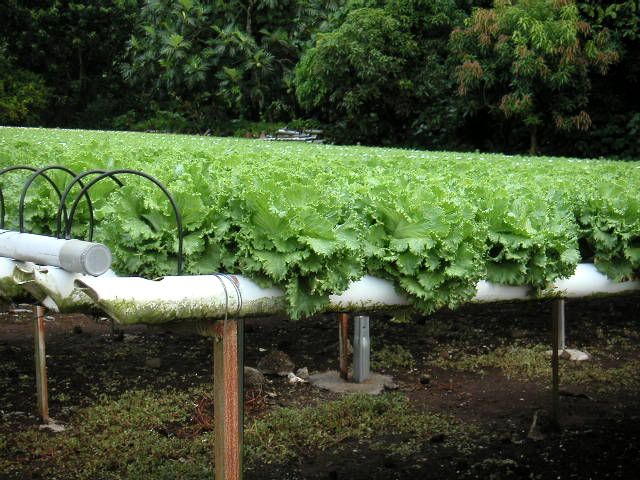
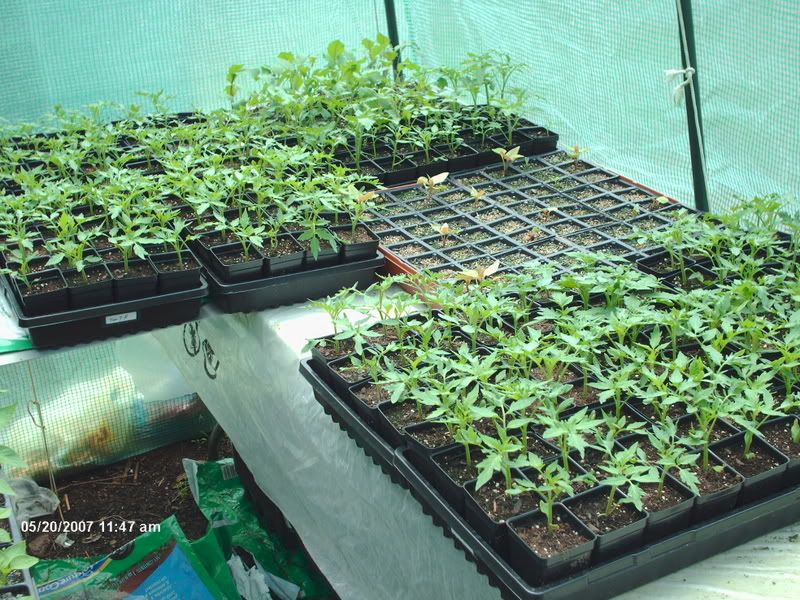
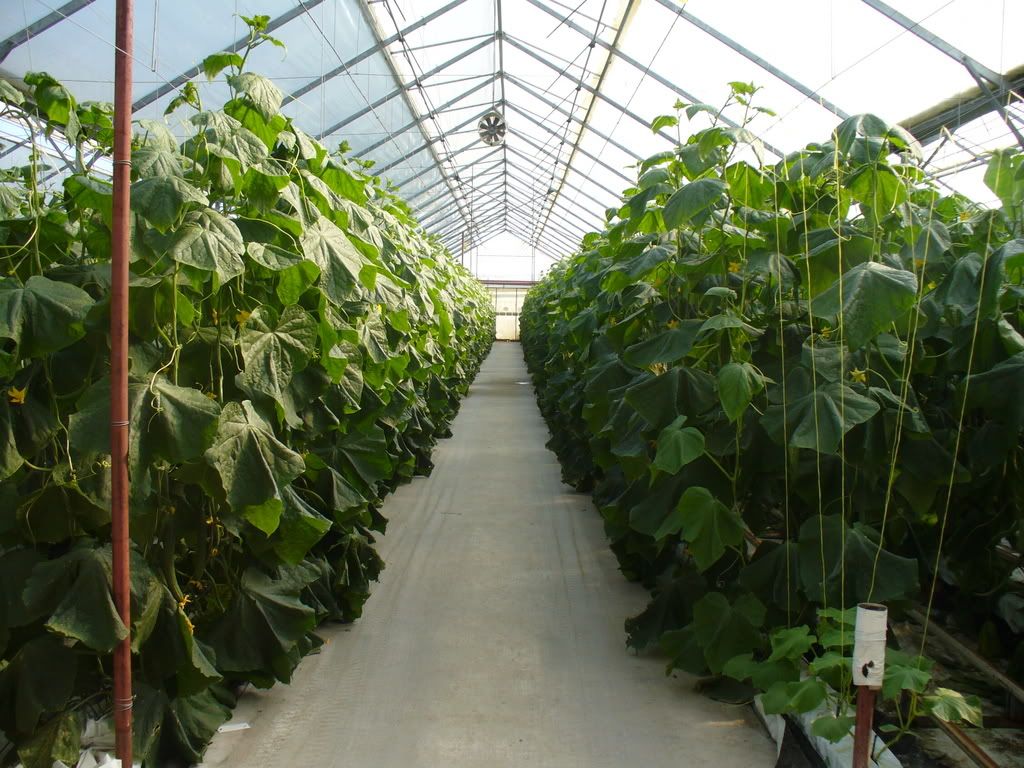
No comments:
Post a Comment